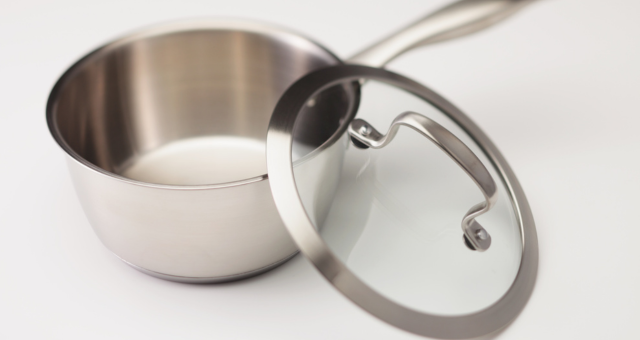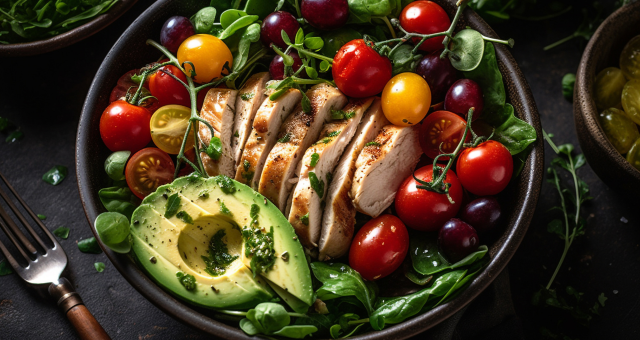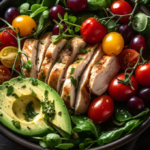Medically Reviewed by Lucas Rosa, PhD in Molecular Biology
When we think about hormone health, our minds often jump to exercise routines, food choices, or even sleep habits. But have you ever thought about how the materials you use in your kitchen or your everyday life could be disrupting your hormonal balance?
One of the biggest hidden threats to your endocrine system comes from the materials (especially plastic and aluminum) you use to cook, eat, and store food. That’s where stainless steel comes in as a hero.
In this blog, we’re going to break down why stainless steel is one of the smartest swaps you can make if you’re aiming for better hormone health.
What Is Stainless Steel?
Stainless steel is a durable, corrosion-resistant metal made from a mix of iron, chromium, nickel, and other trace elements. It’s most commonly used in kitchen utensils, cookware, medical tools, water bottles, and even jewelry. What makes stainless steel different from other metals is its resistance to rust and its long-lasting durability.
You’ve probably already seen stainless steel all around your home – your fridge door, your sink, your reusable water bottle, or your cooking pots. It’s popular not just for how it looks, but for how incredibly safe and clean it is, especially when compared to plastics and coated cookware.
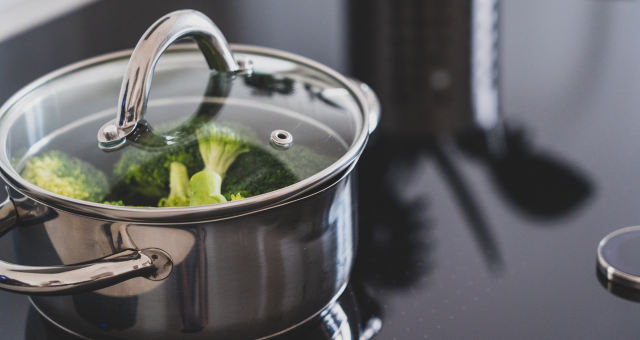
How Stainless Steel Supports Hormone Health
Let’s get into the real reason you’re here: how stainless steel protects your hormones better than many common materials.
1. Stainless Steel Is Free From Hormone-Disrupting Chemicals
Unlike plastics or non-stick cookware coated with substances like BPA or PFAS (forever chemicals), stainless steel doesn’t leach chemicals into your food or drinks.
Plastics and Teflon-coated pans can release hormone-disrupting compounds that mimic estrogen or interfere with your natural hormone signaling. Stainless steel contains none of these hormone disruptors, making it a much safer choice, especially for cooking or storing food. (1)
2. It’s Durable and Doesn’t Break Down Easily
Plastics break down over time, releasing microplastics and chemical additives into food, drinks, or the environment. Aluminum can react with acidic foods, especially when it’s not anodized. Stainless steel, on the other hand, is stable and inert. It won’t degrade with use, doesn’t leach harmful particles, and can be used over and over again without risk. (2)

3. It’s Safe at High Temperatures
Cookware made of stainless steel can handle high heat without releasing toxins. Compare that to non-stick pans that can start to degrade and release toxic fumes at temperatures as low as 260°C (500°F). If you’re pan-searing, boiling, or pressure-cooking, stainless steel is a safer option. (3)
4. It’s Easy to Clean Without Harsh Chemicals
To protect hormone health, it’s not just what you cook in, it’s also how you clean it. Stainless steel is naturally hygienic and easy to clean with simple soap and water. You don’t need to use strong chemical cleaners, many of which also contain hormone-disrupting ingredients like phthalates and triclosan.
Common Items to Swap for Stainless Steel
Making the switch to stainless steel doesn’t have to be overwhelming. Start small and make changes gradually. Here are some everyday items you can replace:
Water Bottles
Plastic water bottles often contain BPA or BPS, which are known EDCs. Even BPA-free plastic can leach other toxic chemicals. Stainless steel water bottles are a safer, reusable alternative.
Food Storage Containers
Ditch the plastic containers and opt for stainless steel lunch boxes and containers. They last longer, don’t stain, and are safer for storing hot or acidic foods.
Children are especially sensitive to hormone disruptors. Using stainless steel lunch boxes ensures their meals stay safe and chemical-free.

Cooking Pots and Pans
Non-stick cookware may release PFAS, which have been linked to thyroid issues and hormonal imbalances. High-quality stainless-steel pans are a safe, durable, and toxin-free alternative.
Straws and Utensils
Say goodbye to single-use plastic straws and forks. Stainless steel options are reusable, hygienic, and eco-friendly.
How to Shop for Quality Stainless Steel
Not all stainless steel is created equal. When shopping, look for:
- Grade 304 or 316 stainless steel – These are food-grade and safe for cooking and storage.
- Nickel-free options – Some people may have sensitivities to nickel, so choosing low- or no-nickel options can be helpful.
- Reputable brands – Don’t go for the cheapest option. Invest in quality cookware and storage items that will last for years.
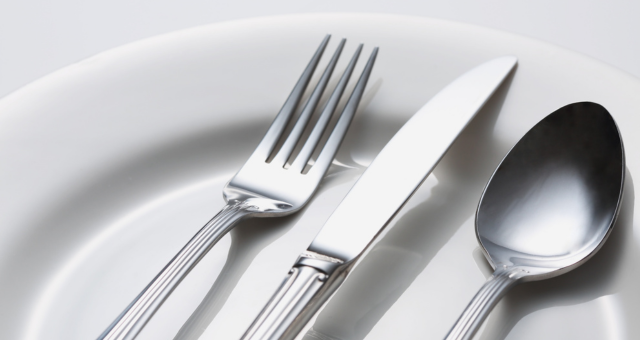
Conclusion
If you care about your hormone health, you can’t ignore what your food touches every day. Swapping out plastic and non-stick cookware for stainless steel may seem small, but it can have a huge impact over time.
By doing so, you’re avoiding exposure to hormone-disrupting chemicals and choosing a safer, more durable option for your home.
Besides being good for your hormones, stainless steel is also a win for the environment. By switching to reusable, recyclable stainless steel items, you’re also making a more sustainable choice. It’s the kind of small change that creates a ripple effect for your health, your home, and the planet.
So, next time you’re in the kitchen, take a look around. Could your water bottle, food container, or pan be doing more harm than good?
References
- Team Stainless. Safe Food Preparation Using Stainless Steel. https://nickelinstitute.org/media/2286/20151110-kth-safefoodpreparationusingstainlesssteel.pdf.
- Ding, Chenhan. (2024). Properties of stainless steel and its application in construction. Applied and Computational Engineering. 59. 51-56. 10.54254/2755-2721/59/20240748. https://www.researchgate.net/publication/382369684_Properties_of_stainless_steel_and_its_application_in_construction.
- Gardner, Leroy & Insausti, A. & Ng, K.T. & Ashraf, Mahmud. (2010). Elevated temperature material properties of stainless steel alloys. Journal of Constructional Steel Research. 66. 10.1016/j.jcsr.2009.12.016. https://www.researchgate.net/publication/44199152_Elevated_temperature_material_properties_of_stainless_steel_alloys.
Check Out
HF Swaps
Better products for better hormone health.

